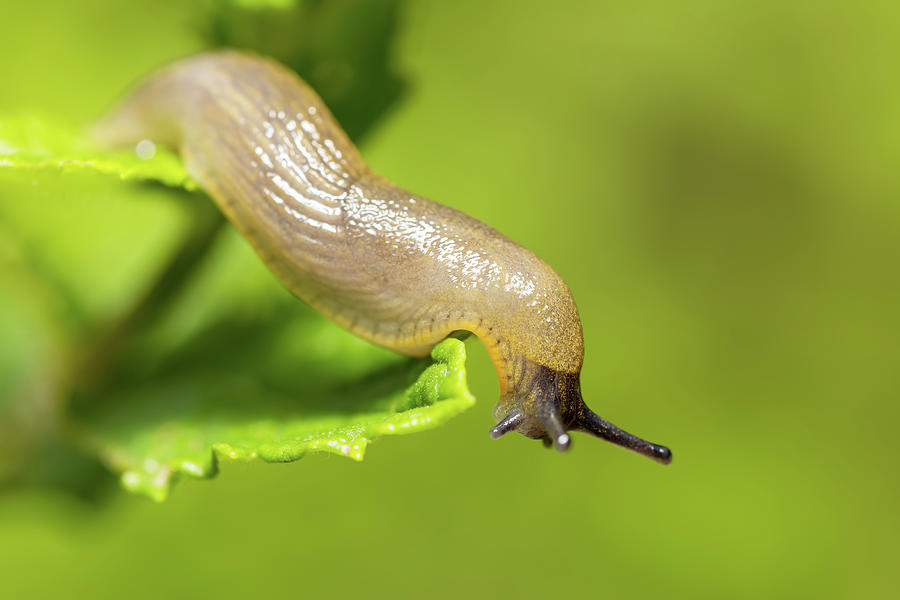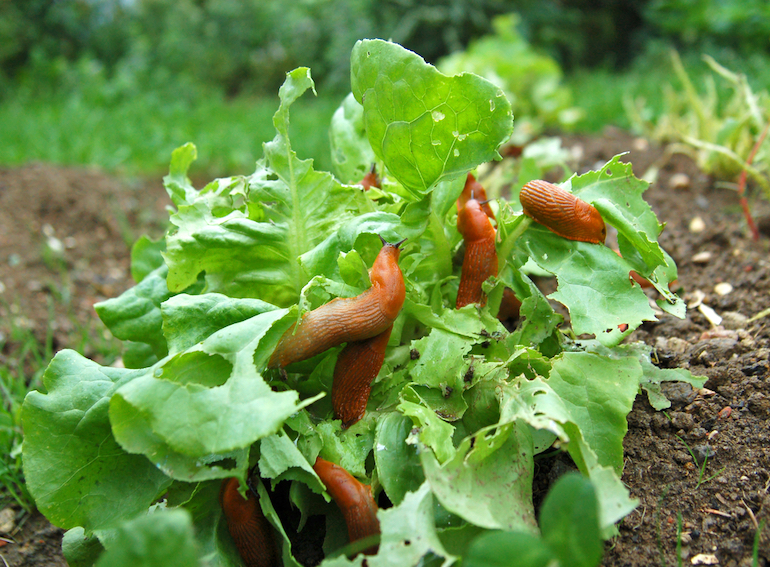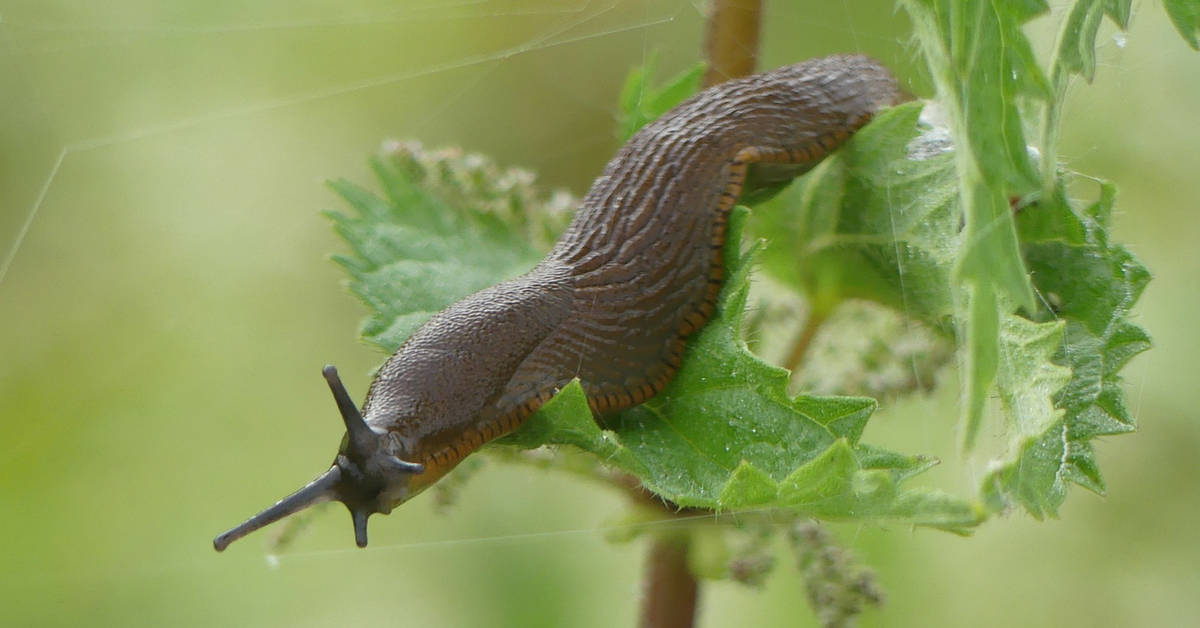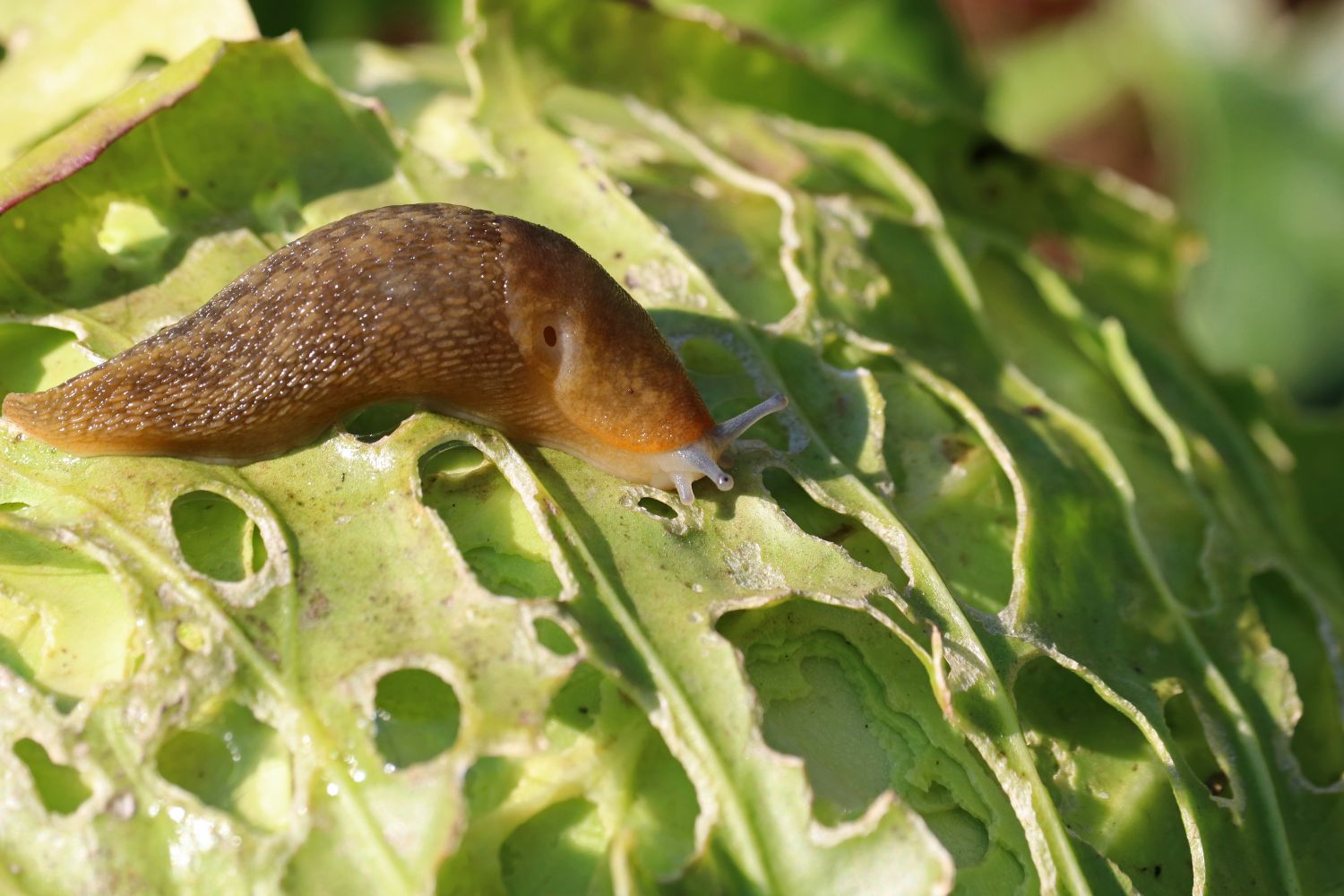What Attracts Slugs to Your Plants
Many gardeners believe that slugs are indiscriminate eaters, devouring any plant that crosses their path. However, this misconception couldn’t be further from the truth. Slugs are actually quite particular about their food sources, and their preferences can be influenced by a variety of factors. While it’s true that slugs do eat plant leaves, they tend to favor certain plants and leaves over others. But what drives these slimy creatures to target specific plants? Is it the taste, texture, or something else entirely? Understanding what attracts slugs to your plants is crucial in developing effective strategies to protect your garden from these pests. By exploring the common misconceptions about slugs and their eating habits, we can uncover the secrets behind their mysterious appetite.
Do Slugs Really Eat Plant Leaves?
The answer to this question is a resounding yes. Slugs do eat plant leaves, and they can cause significant damage to gardens and crops. According to a study published in the Journal of Molluscan Studies, slugs are herbivores that feed on a wide range of plant materials, including leaves, stems, and flowers. In fact, do slugs eat plant leaves? Yes, they do, and they have a particular fondness for juicy, tender leaves. But why do slugs eat plant leaves in the first place? The reasons behind this behavior are rooted in their biology and ecology. Slugs need to consume large amounts of plant material to sustain their growth and development, and leaves provide a convenient and nutritious source of energy. Additionally, slugs have a unique radula, a tooth-like structure in their mouth that allows them to scrape and grind plant tissue, making leaves an ideal food source.
How to Identify Slug Damage on Your Plants
Identifying slug damage on your plants is crucial in taking prompt action to prevent further damage. Slugs can cause significant harm to plants, leaving behind characteristic signs that can help you diagnose the problem. One of the most common signs of slug damage is the presence of holes and tears on leaves. These holes are typically irregularly shaped and can be found on the edges or surfaces of leaves. Slugs also tend to target young, tender leaves, which can be particularly vulnerable to damage. Another telltale sign of slug damage is the presence of slime trails on plants or nearby surfaces. Slugs secrete a protective mucus as they move, leaving behind a shiny, silver trail that can be easily spotted. To distinguish slug damage from other pests, look for the absence of other signs, such as chew marks or eggs, which are often characteristic of other pests. By recognizing these signs, you can take targeted action to protect your plants from slug feeding and prevent further damage. Remember, do slugs eat plant leaves? Yes, they do, and being able to identify the signs of slug damage is key to mitigating the problem.
Why Slugs Prefer Certain Leaves Over Others
Slugs are not indiscriminate eaters; they have a distinct preference for certain leaves over others. But what drives this preference? Research suggests that slugs are attracted to leaves with specific textures, tastes, and nutritional values. For instance, slugs tend to favor leaves with a high water content, as these provide a convenient source of hydration. They also prefer leaves with a softer, more tender texture, which are easier to digest. In terms of taste, slugs are drawn to leaves with a higher sugar content, which provide a quick source of energy. Additionally, slugs are attracted to leaves with a higher nitrogen content, which are essential for their growth and development. By understanding these preferences, gardeners can take targeted action to protect their plants. For example, planting slug-resistant varieties with lower water content or tougher textures can help deter slugs. Similarly, using organic deterrents that alter the taste or texture of leaves can also be effective. Remember, do slugs eat plant leaves? Yes, they do, and understanding their preferences is key to outsmarting them.
How to Protect Your Plants from Slug Feeding
Protecting your plants from slug feeding requires a combination of physical barriers, traps, and organic deterrents. One effective method is to use copper tape around the perimeter of pots or planters, as slugs are repelled by the copper’s electromagnetic properties. Another approach is to create a physical barrier using crushed eggshells, sharp gravel, or diatomaceous earth, which can deter slugs from reaching the plants. Traps, such as beer traps or pitfall traps, can also be used to capture and remove slugs from the garden. Organic deterrents, like garlic or hot pepper sprays, can be applied to plants to make them less appealing to slugs. Additionally, introducing natural predators, such as toads or hedgehogs, into the garden can help control slug populations. It’s essential to remember that do slugs eat plant leaves? Yes, they do, and a multi-faceted approach is necessary to prevent damage. By combining these methods, gardeners can create a slug-resistant garden that minimizes the risk of damage. Furthermore, using a combination of these methods can help reduce the reliance on chemical pesticides and create a more balanced ecosystem.
The Role of Slugs in the Ecosystem
Despite their reputation as garden pests, slugs play a vital role in the ecosystem. As decomposers, slugs help break down organic matter, recycling nutrients and returning them to the soil. This process is essential for maintaining soil health and fertility, and supports the growth of plants. Additionally, slugs are an important food source for many animals, including birds, hedgehogs, and toads. By controlling slug populations, gardeners can inadvertently disrupt the delicate balance of the ecosystem. It’s essential to recognize that do slugs eat plant leaves? Yes, they do, but their role in the ecosystem goes far beyond their feeding habits. By tolerating slugs in the garden, gardeners can create a more diverse and resilient ecosystem. This approach requires a shift in perspective, from viewing slugs as pests to recognizing their importance as ecosystem engineers. By adopting a more holistic approach to gardening, gardeners can create a balanced and thriving ecosystem that benefits both plants and animals.
Slug-Resistant Plants for a Pest-Free Garden
While it’s essential to understand the importance of slugs in the ecosystem, it’s also crucial to protect plants from slug damage. One effective way to do this is by incorporating slug-resistant plants into your garden design. These plants have evolved to defend themselves against slugs, making them an excellent addition to any garden. For example, plants with thick, waxy leaves like succulents and cacti are unappealing to slugs. Similarly, plants with strong scents, such as lavender and rosemary, can deter slugs. Other slug-resistant plants include marigolds, chives, and garlic, which contain compounds that repel slugs. When selecting plants, consider their growing conditions and ensure they are compatible with your garden’s climate and soil type. By incorporating these plants into your garden, you can reduce the risk of slug damage and create a more balanced ecosystem. Remember, do slugs eat plant leaves? Yes, they do, but with the right plants, you can minimize the damage and create a thriving garden.
Conclusion: Coexisting with Slugs in Your Garden
In conclusion, slugs are fascinating creatures that play a vital role in the ecosystem. While they may be considered pests by some, it’s essential to recognize their importance in decomposition and nutrient cycling. By understanding what attracts slugs to certain plants and leaves, and taking steps to protect plants from slug damage, gardeners can adopt a more balanced approach to gardening. Remember, do slugs eat plant leaves? Yes, they do, but with the right knowledge and strategies, gardeners can minimize the damage and create a thriving ecosystem. By incorporating slug-resistant plants, using physical barriers and organic deterrents, and tolerating slugs in the garden, gardeners can create a harmonious relationship between plants and slugs. Ultimately, it’s time to rethink our approach to gardening and recognize the importance of coexisting with slugs in our gardens.









